Deck & Commander Strategies

Urza, Lord High Artificer
Builds an artifact-based mana engine creating large amounts of mana and card advantage, leveraging constructs and free spell casting from the top of the library to control the game and overwhelm opponents.
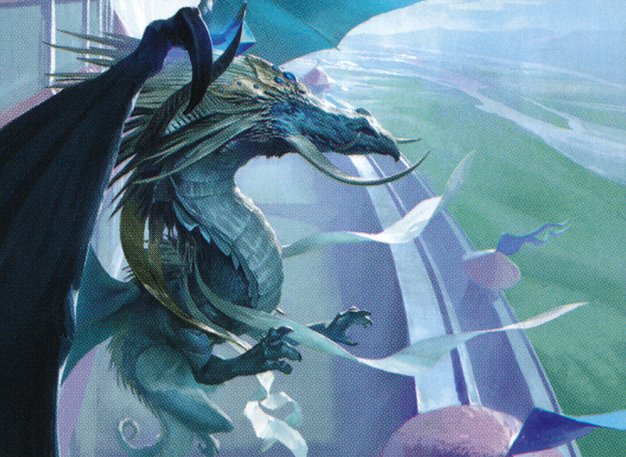
Arcades, the Strategist
Utilizes defenders to draw cards and buff creatures, turning defensive walls into formidable attackers with increased toughness and combat damage, focusing on board control and incremental advantage.

Krenko, Mob Boss
Rapidly generates a large number of goblin tokens and buffs them with anthem effects to apply fast, overwhelming pressure through sheer numbers and aggressive combat.
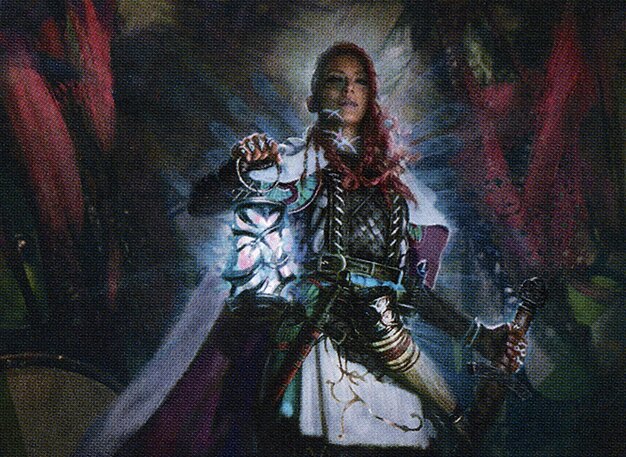
Tergrid, God of Fright
Capitalizes on opponents sacrificing or discarding permanents by reanimating them under her control, creating board swings and disrupting enemy plans through resource denial and recursion.
Gameplay Insights
- 1
Tergrid's ability to reanimate permanents sacrificed or discarded by opponents was pivotal in maintaining board presence and shifting momentum.
- 2
Urza efficiently used artifact mana generation and the free casting ability from top-deck exile to accelerate his game plan and outvalue opponents.
- 3
Arcades turned traditional defenders into offensive threats by leveraging their toughness and drawing cards to maintain advantage.
- 4
Krenko's goblin token swarm, combined with anthem effects like Goblin Chieftain, rapidly increased board pressure, forcing opponents to respond quickly or be overwhelmed.
- 5
Players frequently used sacrifice effects to trigger Tergrid's ability, but this also required careful timing to avoid giving her too much advantage.
- 6
A key moment involved blinking (exiling and returning) Tergrid to reset her state and trigger additional value from permanents entering the battlefield.
- 7
The game concluded with coordinated attacks using multiple creatures boosted by various effects, illustrating the importance of timing and synergy in multiplayer Commander.
Notable Cards
-

Urza, Lord High Artificer
-

Arcades, the Strategist
-
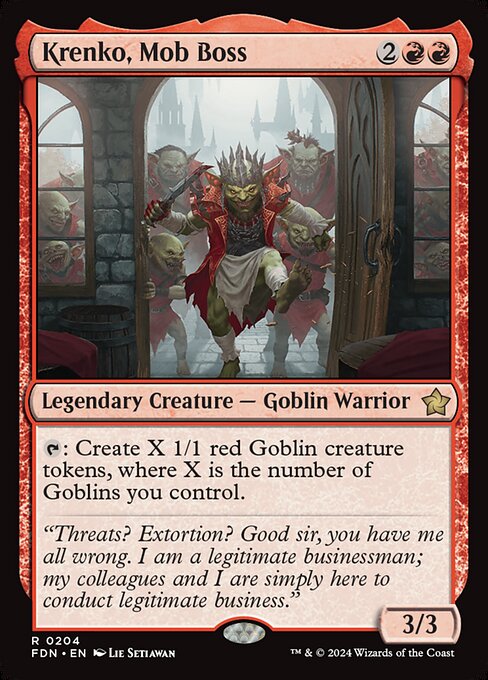
Krenko, Mob Boss
-

Tergrid, God of Fright // Tergrid's Lantern
-
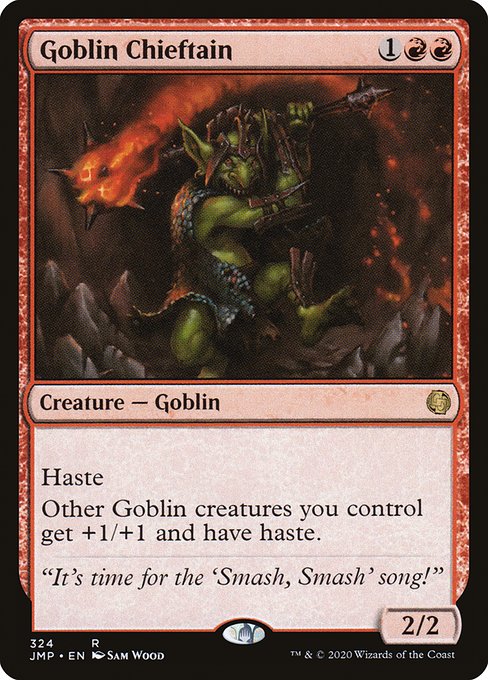
Goblin Chieftain
-

Overgrown Battlement
-
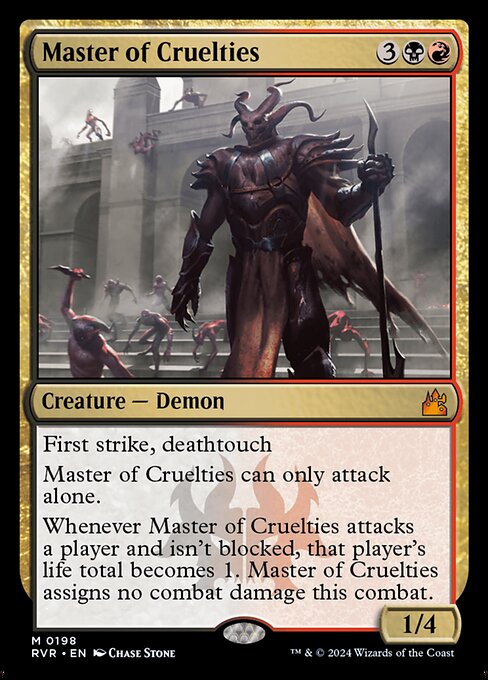
Master of Cruelties
Gameplay Summary
The game featured four players piloting diverse decks: Urza, Lord High Artificer; Arcades, the Strategist; Krenko, Mob Boss; and Tergrid, God of Fright.
Early turns involved setting up mana bases and deploying key artifacts and creatures to establish board presence.
Urza’s player rapidly developed a powerful artifact engine, generating mana and card advantage through constructs and artifact synergies.
Arcades focused on playing and benefiting from creatures with defender, leveraging them for card draw and increased toughness, while Krenko aimed to swarm the board with goblins, utilizing token generation and anthem effects to overwhelm opponents.
Tergrid leveraged her ability to reanimate permanents sacrificed or discarded by opponents, creating board swings and disruption. As the game progressed, Tergrid’s ability to repeatedly bring back creatures from graveyards caused tension and forced opponents to consider sacrifices carefully.
Urza's artifact strategy enabled him to cast expensive spells for free by exiling cards from the top of his library, while Krenko’s growing horde of goblins, boosted by Goblin Chieftain, steadily increased pressure.
Arcades’ defensive wall strategy turned into a strong offensive threat through synergistic buffs and combat tricks.
A key turning point emerged when a sequence of sacrifices triggered Tergrid’s value engine, shifting the board state in her favor.
The game saw aggressive attacks, tactical sacrifices, and complex interactions between artifact and creature synergies.
Ultimately, lethal damage was pushed through with combined attacks and powerful creature buffs, concluding the match before any player could stabilize or fully execute a combo win.


















![Commander Versus Series: Deck Tech - Krenko v. Rhys v. Kangee v. Yeva [MTG Multiplayer] thumbnail](https://i.ytimg.com/vi/dUX1ieofYg0/sddefault.jpg)
![Commander Versus Series: Krenko v. Rhys v. Kangee v. Yeva [MTG Multiplayer] thumbnail](https://i.ytimg.com/vi/7UX55YdwDR4/sddefault.jpg)











![Commander VS S12E1: Nicol Bolas vs Arcades vs Vaevictis Asmadi vs Chromium [EDH] thumbnail](https://i.ytimg.com/vi/gtfErgL6f9U/sddefault.jpg)









![Commander VS S16E1: Ayula VS Urza VS The First Sliver VS Yawgmoth [EDH] thumbnail](https://i.ytimg.com/vi/tkuMVsCr0s4/sddefault.jpg)



